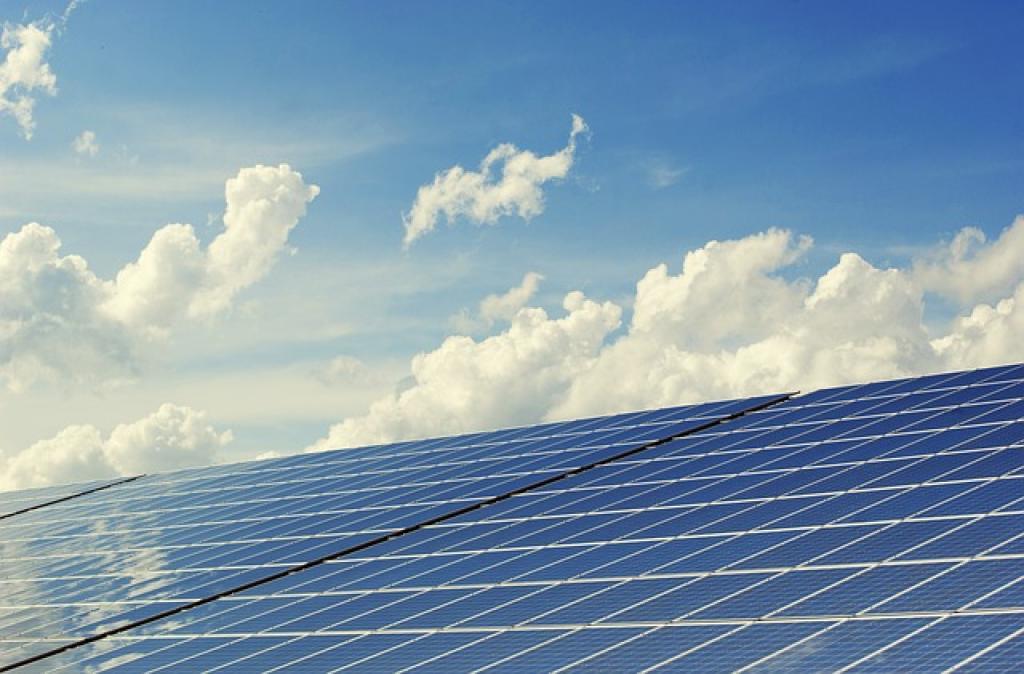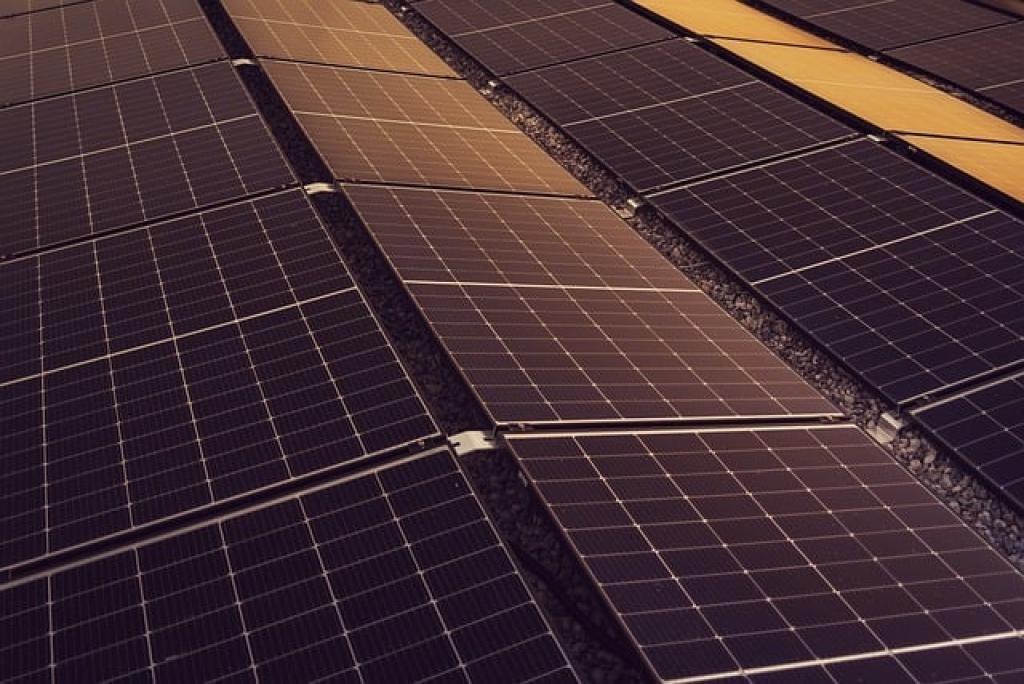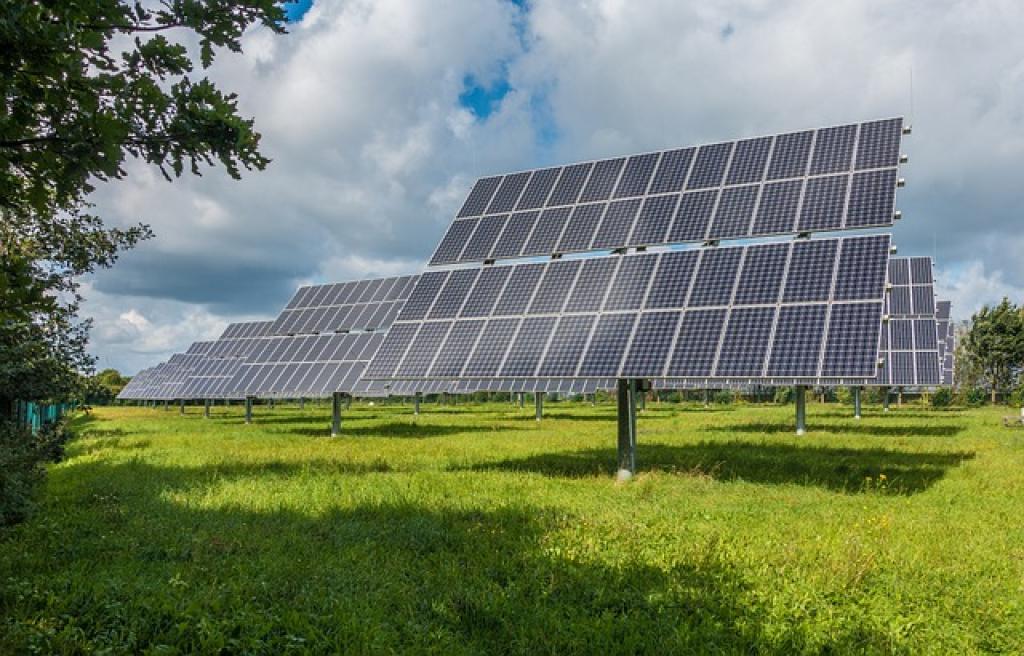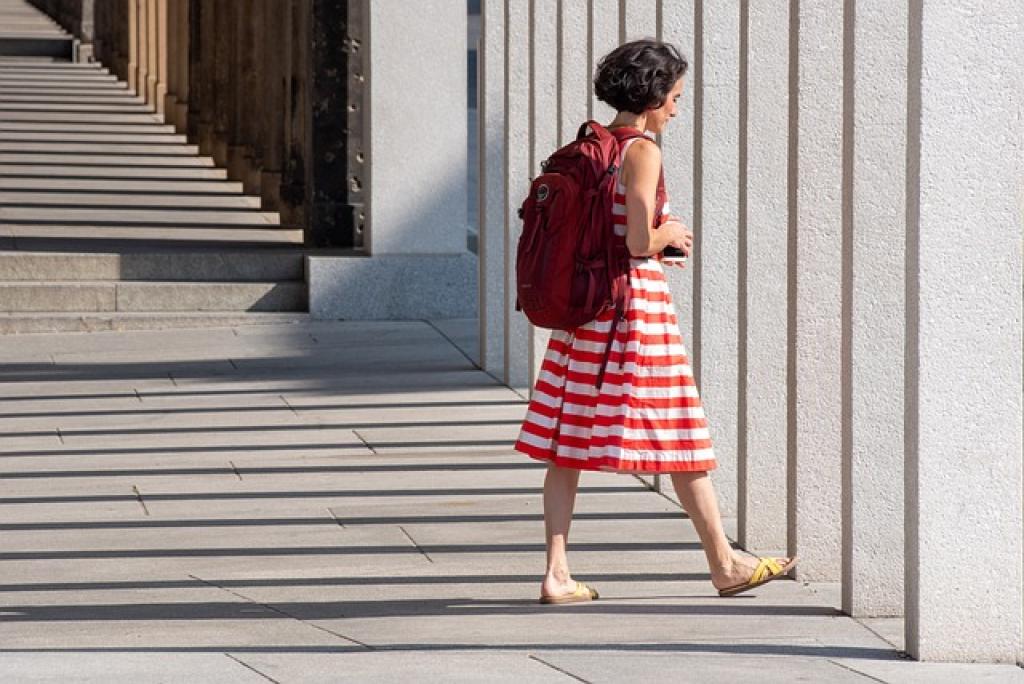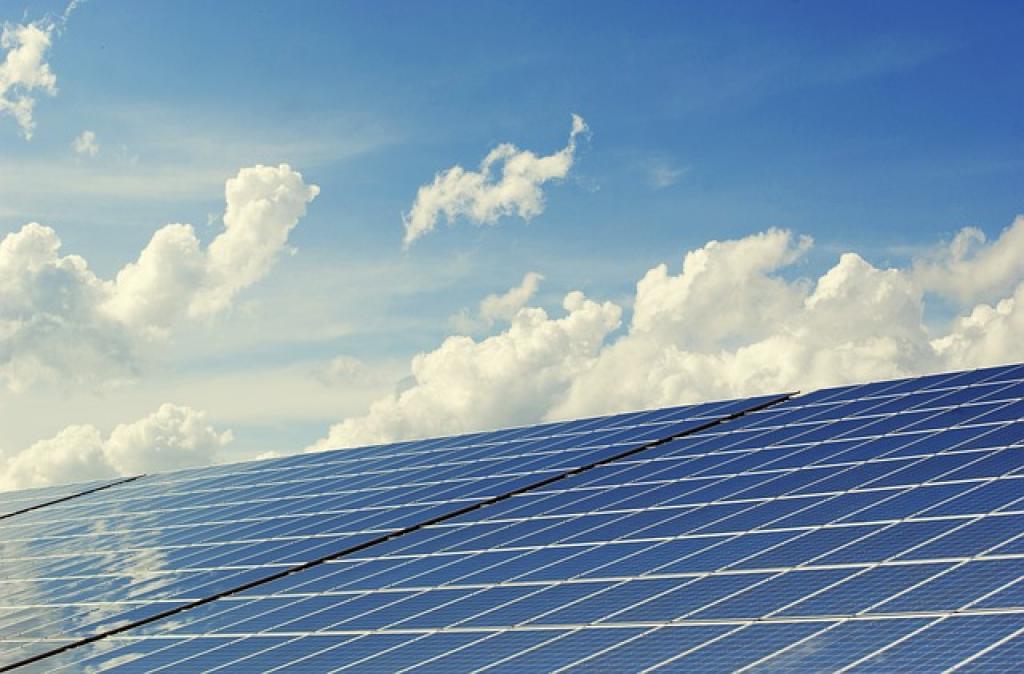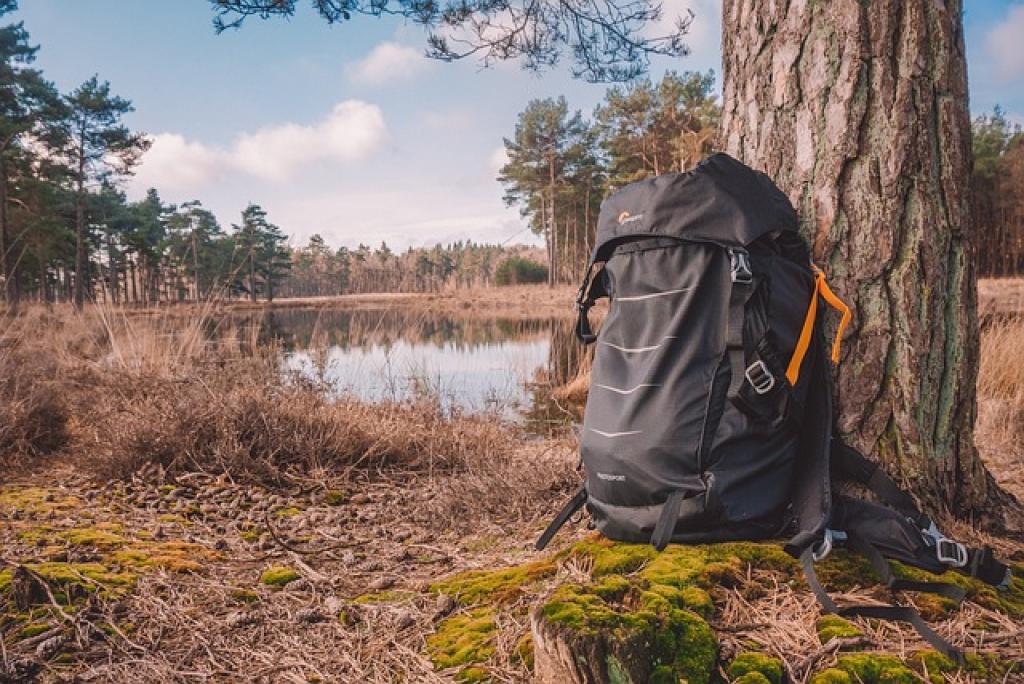More than ever, making eco-conscious choices is top of mind. As part of our daily lives, backpacks are essential for work, school, and travel, but they don’t have to harm the planet. With the rise of sustainable fashion, eco-friendly backpack alternatives offer guilt-free style and function.
These innovative options use materials sourced from nature or recycled goods, reducing waste and promoting a cycle of sustainability. From repurposed ocean plastics to responsibly harvested organic fibers, these backpacks help decrease environmental impact while still carrying your essentials.
Join the growing movement towards sustainable living by embracing backpacks that are as kind to the Earth as they are practical. Whether you’re an eco-warrior or just starting your green journey, these alternatives will make a positive impact without compromising on style or durability. Ready to explore?
Eco-Friendly Materials for Sustainable Backpacks
When it comes to eco-friendly backpacks, the materials used make all the difference. Let’s dive into some of the popular sustainable materials that brands use to craft their eco-chic bags.
Recycled Plastics
One innovative solution involves transforming plastic bottles and fishing nets into durable backpacks. These materials are not only sturdy but also help clean up our oceans and landfills. By choosing a backpack made from recycled plastics, you contribute to decreasing plastic pollution.
Organic Fabrics
Organic cotton, hemp, and jute are excellent choices for those looking for natural fabrics. These materials are grown without harmful pesticides, making them safer for both the environment and the farmers. Plus, they’re biodegradable, reducing their footprint long after their useful life.
Another fantastic material is cork. Harvested sustainably from the bark of cork oak trees, this renewable resource is not only environmentally friendly but also surprisingly resistant to abrasions and water.
When selecting your next backpack, considering these materials is a step towards a sustainable lifestyle. With these options, you can support eco-friendly practices without sacrificing style or utility.

Benefits of Choosing Eco-Friendly Backpacks
Switching to an eco-friendly backpack comes with a multitude of benefits that go beyond just being a part of a trend. Let’s explore why this choice is impactful.
Firstly, choosing sustainable bags reduces your carbon footprint. Eco-friendly backpacks are often crafted using processes that consume less energy and water compared to traditional manufacturing. This means you are directly supporting efforts to lessen environmental degradation.
Supporting Ethical Practices
Many brands producing eco-friendly backpacks focus on ethical labor practices. By buying these products, you’re likely supporting fair wages and safe working conditions for workers, making your purchase feel good in more ways than one.
These backpacks are often high-quality and durable, meaning they typically last longer than conventional options. Investing in a durable product means less frequent replacements, saving you money in the long run while reducing waste.
In light of this, these choices pave the way for sustainable innovations. As demand increases, it encourages more companies to explore green materials and processes, creating a ripple effect in the industry.
By opting for an eco-friendly backpack, you’re not just carrying your belongings; you’re carrying the change you want to see in the world.
Features to Look for in an Eco-Friendly Backpack
Finding the right eco-friendly backpack involves more than just checking if it’s made from sustainable materials. Consider these key features to ensure your backpack meets both your needs and environmental goals.
Durable Construction
Look for backpacks with reinforced stitching and robust zippers. A well-constructed bag ensures longevity, reducing the need for replacements and minimizing waste. Durable designs are a hallmark of sustainable products.
Many eco-friendly backpacks are designed with multi-functionality in mind. Compartments for laptops, water bottles, and other essentials can help keep your items organized and make your backpack suitable for various occasions, from work to travel.
Adjustable and Comfortable Straps
Comfort is crucial, especially if you’ll be using your backpack daily. Opt for designs with adjustable, padded straps to evenly distribute weight, ensuring a comfortable experience and reducing strain on your shoulders and back.
Check for water-resistant or water-repellent finishes. Whether commuting in the rain or accidentally spilling a drink, a water-resistant backpack helps protect your belongings without resorting to environmentally harmful coatings.
Finally, seek out certifications or endorsements from credible organizations that vouch for eco-friendly materials and ethical practices, providing peace of mind about your sustainable choice. By focusing on these features, you can ensure your backpack is both user-friendly and environmentally responsible.
Tips for Maintaining and Extending the Life of Your Eco-Friendly Backpack
Taking good care of your eco-friendly backpack not only preserves its functionality and appearance but also aligns with sustainable living principles.
Start by giving your backpack a regular clean. Depending on the material, wipe it down with a damp cloth or hand wash it with a mild, eco-friendly detergent. Always follow the care instructions provided by the manufacturer to avoid damage.
Avoid overloading your backpack. While it might be tempting to pack it to the brim, doing so can stress the stitching and zippers. Distribute weight evenly and prioritize carrying only what you need to maintain shape and integrity.
Store your backpack properly when not in use. Hang it up or lay it flat in a cool, dry place to prevent unnecessary wear and tear. Keeping it away from direct sunlight or damp areas will help maintain its materials and colors.
Lastly, be proactive with repairs. If a strap begins to fray or a zipper gets stuck, tackle these issues before they worsen. Small repairs can usually be done at home or by a local repair shop, ensuring your backpack is ready for continued adventures. By following these tips, you’ll extend the life of your eco-friendly companion and support sustainable habits.
Conclusion: Embracing Sustainability in Your Backpack Choices
Choosing an eco-friendly backpack is a simple, yet impactful way to support sustainable living. As we’ve explored, these backpacks offer more than just a place to store your essentials—they represent a commitment to eco-conscious practices that help protect our planet.
By opting for backpacks made from innovative materials, such as recycled plastics and organic fabrics, you’re directly contributing to a reduction in waste and environmental harm. These materials not only lessen your carbon footprint but also pave the way for ethical and sustainable fashion trends.
By the same token, each sustainable backpack carries the promise of ethical treatment of workers and fair labor practices. Your choice sends a powerful message that you value not just what a product is made of, but how it’s made and by whom.
Additionally, understanding what features to look for and how to maintain your backpack can ensure your investment lasts longer, offering both practicality and environmental benefits. This way, you’re aligning your day-to-day actions with your broader commitment to sustainability.
In conclusion, transitioning to an eco-friendly backpack is a meaningful step that aligns with a broader shift towards sustainable lifestyle choices. It’s a decision that reflects care for the environment and future generations, all while making a stylish and functional addition to your daily routine. So, the next time you’re in the market for a backpack, think green and embrace the change you wish to see in the world.


